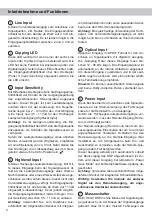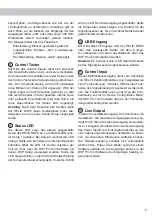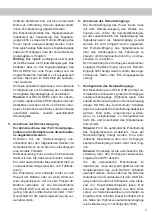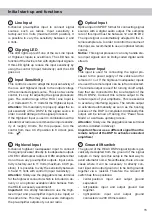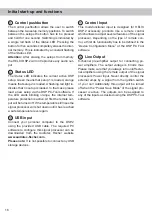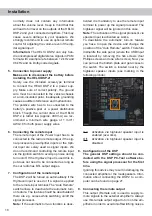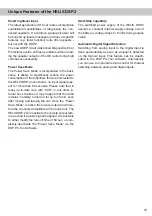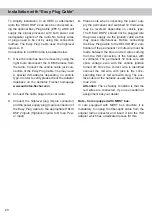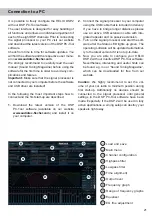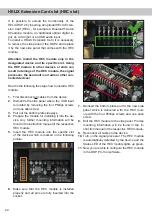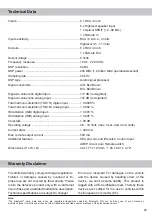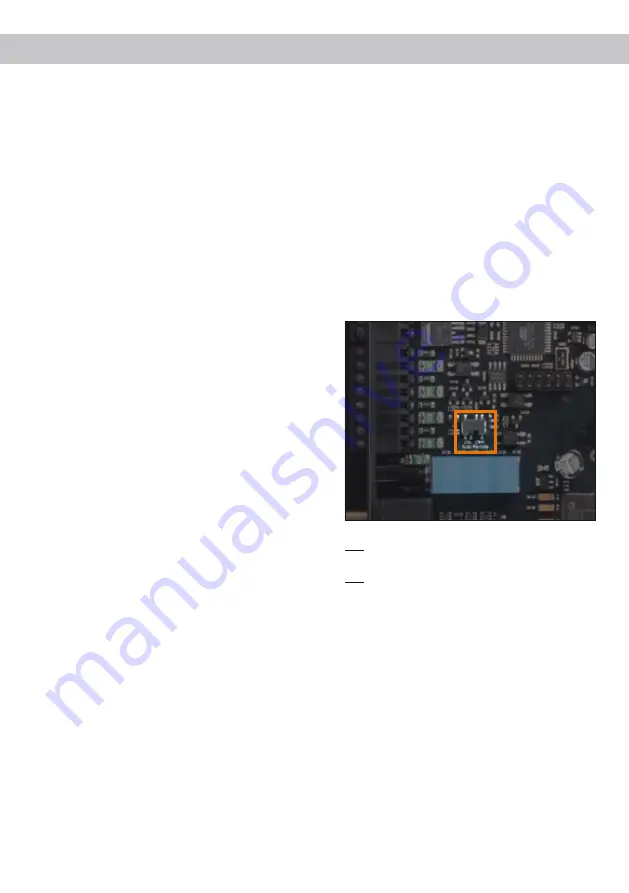
18
normally does not contain any information
about the volume level. Keep in mind that this
will lead to full level on the outputs of the HELIX
DSP.2 and your connected amplifiers. This may
cause severe damage to your speakers. We
strongly recommend to use an optional remote
control for adjusting the volume level of the dig
-
ital signal input!
Information:
The HELIX DSP.2 can only han-
dle uncompressed digital stereo signals in PCM
format with a sample rate between 12 kHz and
96 kHz and no Dolby-coded signals.
5. Connection to power supply
Make sure to disconnect the battery before
installing the HELIX DSP.2!
Solely use the included screw-type terminal
to connect the HELIX DSP.2 to a power sup-
ply. Make sure of correct polarity. The ground
wire must be connected to the vehicle chassis
at a non-insulated point. Inadequate grounding
causes audible interference and malfunctions.
The positive wire has to be connected to the
battery’s positive post or a power distribution
block. Though the current draw of the HELIX
DSP.2 is rather low (approx. 480 mA) we rec
-
ommend a minimum wire gauge of 1 mm² /
AWG18 for both power supply wires.
6. Connecting the remote input
The remote input of the
Power Input
has to be
connected to the radio remote output if the sig-
nal processors pre-amplifier inputs or the
Opti
cal Input
are solely used as signal inputs. We
do not recommend controlling the remote input
via the ignition switch to avoid pop noise during
turn on/off. If the
Highlevel Input
is used this in-
put does not need to be connected as long as
the car radio has BTL output stages.
7. Configuration of the remote input
The DSP.2 will be turned on automatically if the
Highlevel Input
is used or if a signal is applied
to the remote input terminal. The “Auto Remote”
switch allows to deactivate the automatic turn-
on feature. The feature should be deactivated if
there are e.g. noises while switching on/off the
signal processor.
Note:
If the automatic turn-on function is deac-
tivated it is mandatory to use the remote input
terminal to power up the signal processor! The
highlevel signal will be ignored in this case.
Note:
The activation of the signal processor via
speaker input is activated ex works.
To deactivate the automatic turn-on feature
you have to open the device and change the
position of the “Auto Remote” switch. Therefore
dismantle the side panel (where the USB input
is located) by removing the five screws (four
Phillips screws and one allen screw). Now you
can pull out the bottom plate and get access to
the switch. The switch is located near by the
highlevel speaker inputs (see marking in the
following picture).
On:
Activation via highlevel speaker input is
enabled (ex works).
Off:
Activation via highlevel speaker input is
disabled.
8. Configuration of the DSP
The general DSP settings should be con-
ducted with the DSP PC-Tool software be-
fore using the signal processor for the first
time.
Ignoring this advice may result in damaging the
connected amplifiers / the loudspeakers. Infor
-
mation about connecting the DSP.2 to a com-
puter can be found on page 21.
9. Connecting the remote output
This output (Remote out) is used to supply re-
mote signals to the external amplifier/s. Always
use this remote output signal to turn on the am-
plifier/s in order to avoid on/off switching noises.
Installation

